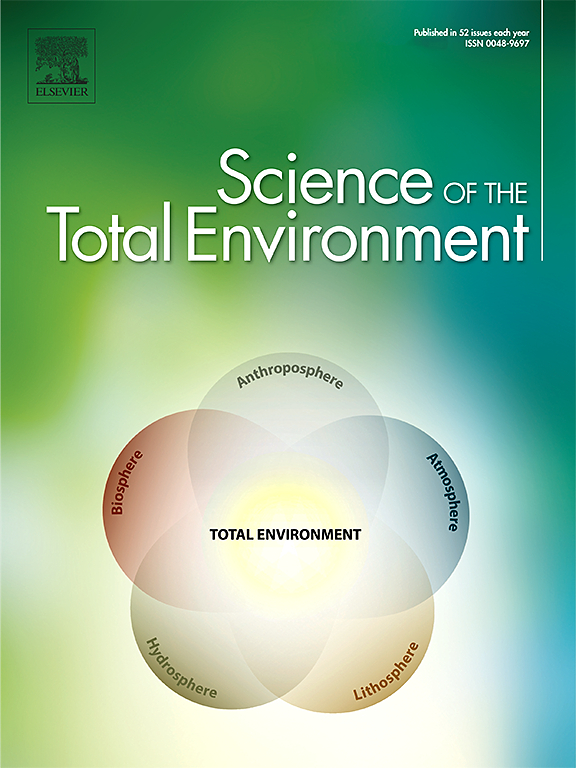Assessment and prediction of index based agricultural drought vulnerability using machine learning algorithms
2023-04-01 null null 867(卷), null(期), (null页)
The consequences of droughts are far-reaching, impacting the natural environment, water quality, public health, and accelerating economic losses. Applications of remote sensing techniques using satellite imageries can play an influen-tial role in identifying drought severity (DS) and impacts for a broader range of areas. The Barind Tract (BT) is a region of Bangladesh located northwest of the country and considered one of the hottest, semi-arid, and drought-prone regions. This study aims to assess and predict the drought vulnerability over BT using Landsat satellite images from 1996 to 2031. Several indices, including Normalized Difference Vegetation Index (NDVI), Modified Normalized Differ-ence Water Index (MNDWI), Soil Moisture Content (SMC), Temperature Condition Index (TCI), Vegetation Condition Index (VCI), and Vegetation Health Index (VHI). VHI has been used to identify and predict DS based on VCI and TCI characteristics for 2026 and 2031 using Cellular Automata (CA)-Artificial Neural Network (ANN) algorithms. Results suggest an increasing patterns of DS accelerated by the reduction of healthy vegetation (19 %) and surface water bodies (26 %) and increased higher temperature (>5 degrees C) from 1996 to 2021. In addition, the VHI result signifies a mas-sive increase in extreme drought conditions from 1996 (2 %) to 2021 (7 %). The DS prediction witnessed a possible expansion in extreme and severe drought conditions in 2026 (15 % and 13 %) and 2031 (18 % and 24 %). Understand-ing the possible impacts of drought will allow planners and decision-makers to initiate mitigating measures for enhanc-ing the communities preparedness to cope with drought vulnerability.
相关推荐
- Multi-temporal remote sensing and geospatial analysis for urban ecosystem service dynamics: A three-decade assessment of land surface transformation in Jeddah, Saudi Arabia [2023-04-01]
- Illuminating the invisible: unveiling multiscale environmental impacts of ultraviolet irradiance utilizing advanced statistical analysis in arid climate [2023-04-01]
- Seasonal dynamics of land surface temperature and urban thermal comfort with land use land cover pattern in semi-arid Indian cities: Insights for sustainable Urban Management [2023-04-01]
- The Impact of the Land Cover Dynamics on Surface Urban Heat Island Variations in Semi-Arid Cities: A Case Study in Ahmedabad City, India, Using Multi-Sensor/Source Data [2023-04-01]



